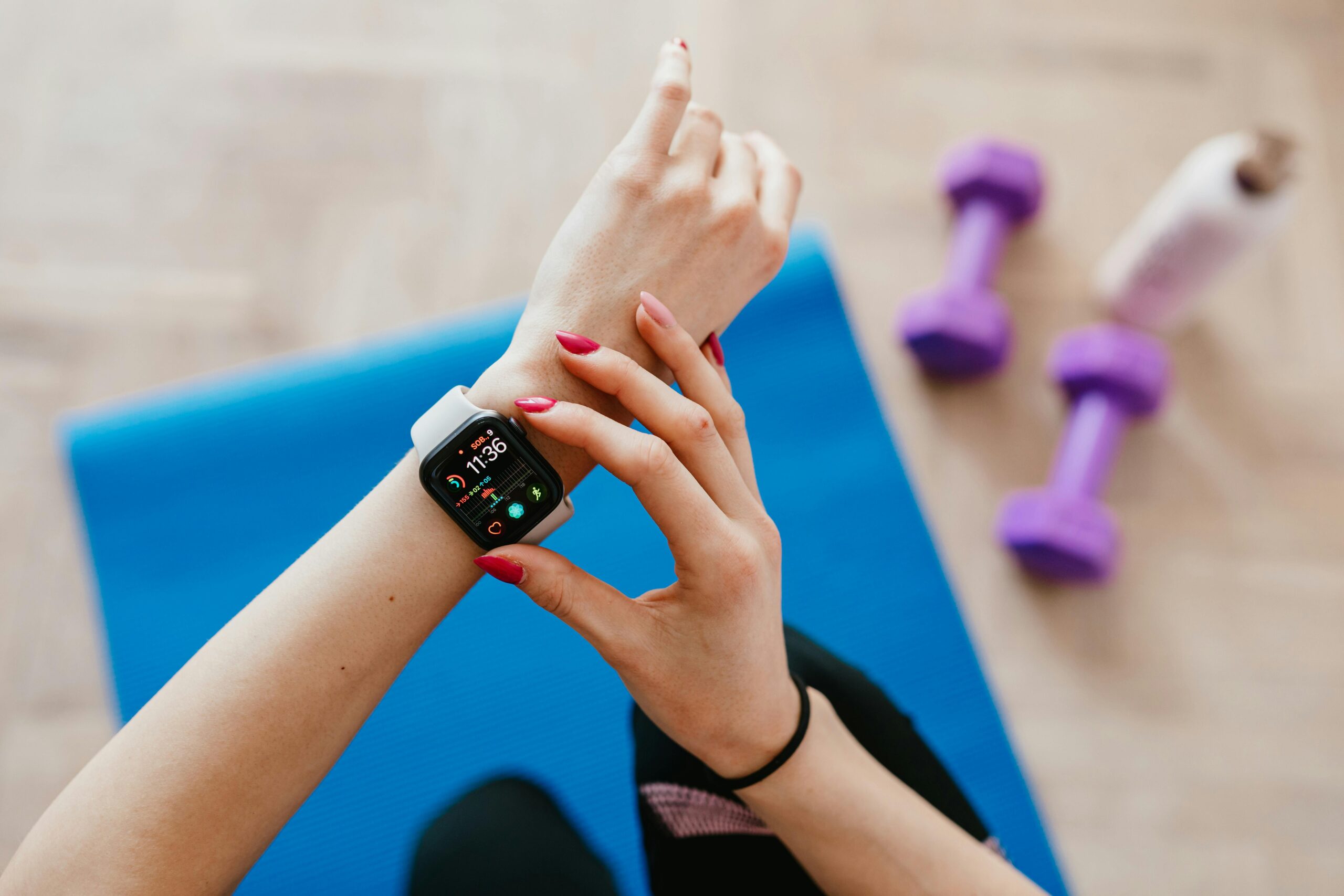Wearable Fitness Technology: Revolutionizing Health and Wellness
In an era where health consciousness meets technological innovation, wearable fitness technology has emerged as a cornerstone of modern wellness. From smartwatches tracking heart rates to advanced biosensors monitoring sleep patterns, these devices are redefining how individuals engage with their health. The global wearable tech market, projected to exceed $100 billion by 2030, reflects a seismic shift toward personalized, data-driven health management. But beyond the hype lies a complex landscape of benefits, challenges, and ethical considerations. This article explores the evolution of wearable fitness tech, its impact on behavior and healthcare, privacy concerns, and future advancements. Whether you’re a fitness enthusiast or a skeptic, understanding this technology’s role in shaping health outcomes is essential in navigating its growing influence.
The Evolution of Wearable Fitness Technology
Wearable fitness devices have evolved from rudimentary pedometers to sophisticated multi-sensor systems. Early models focused on step counting, but modern iterations integrate GPS, optical heart rate monitors, and even electrodermal activity sensors. Brands like Fitbit, Apple, and Garmin now offer devices capable of tracking stress levels, blood oxygen saturation, and ECG readings. This progression mirrors advancements in miniaturized hardware and machine learning algorithms, enabling real-time health insights. The shift from fitness tracking to holistic health monitoring underscores a broader trend: wearables are transitioning from niche gadgets to essential tools for preventive healthcare.
Health Benefits and Behavioral Impact
Studies consistently link wearable tech to improved health outcomes. By providing instant feedback, these devices encourage users to adopt healthier habits, such as increased physical activity or better sleep hygiene. A 2022 Journal of Medical Internet Research study found that wearable users averaged 2,500 more daily steps than non-users. Features like goal-setting reminders and social sharing foster accountability, while gamification elements (e.g., achievement badges) boost motivation. However, long-term adherence remains a challenge—“tech fatigue” can lead to abandoned devices. Effective use requires balancing personalized data with actionable, sustainable lifestyle changes.
Data Privacy and Security Concerns
As wearables collect sensitive biometric data—heart rate, location, sleep patterns—privacy risks escalate. A 2023 Consumer Reports investigation revealed that 60% of fitness apps share user data with third parties, often without explicit consent. Vulnerabilities in device encryption and cloud storage further expose users to breaches. Regulatory frameworks like GDPR and HIPAA are scrambling to keep pace, but gaps persist. Users must navigate trade-offs: the convenience of personalized health insights versus the potential misuse of intimate data. Manufacturers, meanwhile, face pressure to adopt privacy-by-design principles, ensuring transparency and user control over data sharing.
Integration with Healthcare Systems
Wearables are increasingly bridging the gap between consumers and healthcare providers. Remote patient monitoring (RPM) programs now leverage devices to track chronic conditions like diabetes or hypertension, reducing hospital readmissions. For example, the Apple Watch’s FDA-cleared atrial fibrillation detection feature enables early intervention. Insurers, too, are incentivizing wearable adoption through discounted premiums for active users. Yet challenges remain, including data accuracy concerns and unequal access due to cost barriers. For wearables to fulfill their potential in mainstream healthcare, collaboration between tech companies, clinicians, and policymakers is critical.
Future Trends and Innovations
The next generation of wearables promises even deeper integration into daily life. Emerging technologies include:
- Non-invasive glucose monitors: Eliminating finger-prick tests for diabetics.
- AI-driven mental health tools: Detecting anxiety patterns via biometric markers.
- Smart fabrics: Clothing with embedded sensors for continuous monitoring.
Additionally, augmented reality (AR) glasses could overlay fitness metrics onto real-world environments. However, ethical questions about data ownership and algorithmic bias will intensify as these devices become more autonomous and influential in decision-making.
Navigating the Future of Wearable Fitness Tech
Wearable fitness technology has undeniably transformed how we approach health, offering unprecedented access to personal biometrics and fostering proactive wellness habits. Yet its rapid growth demands careful consideration of privacy, equity, and long-term efficacy. As devices evolve from trackers to AI-powered health advisors, users must remain informed about data risks, while developers prioritize security and inclusivity. The convergence of wearables with telemedicine and predictive analytics hints at a future where prevention outweighs treatment—a vision achievable only through responsible innovation. Whether these devices become a fleeting trend or a healthcare staple depends on balancing technological ambition with ethical stewardship.
